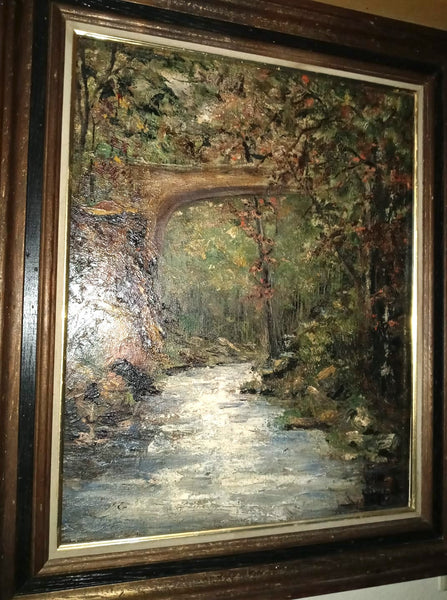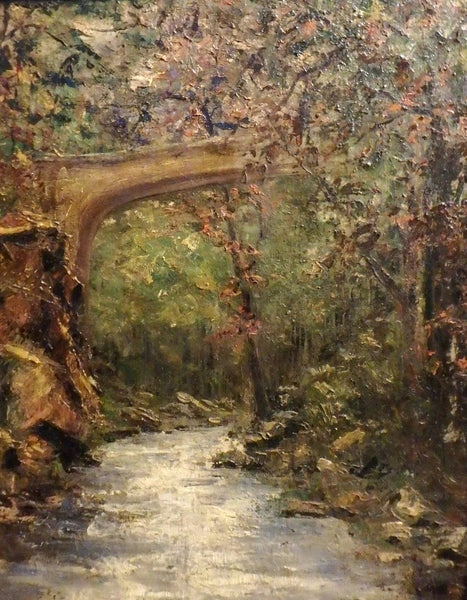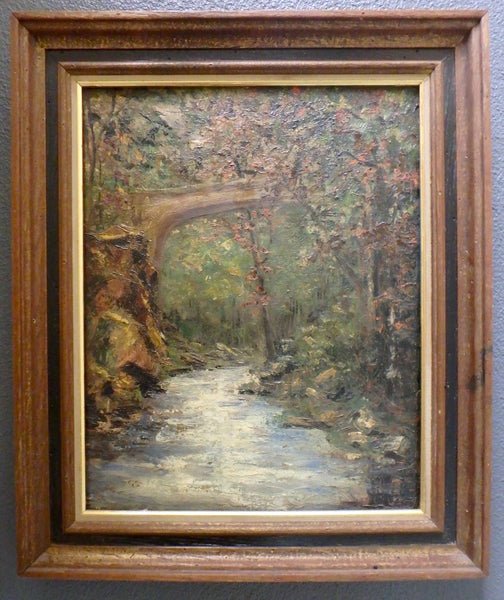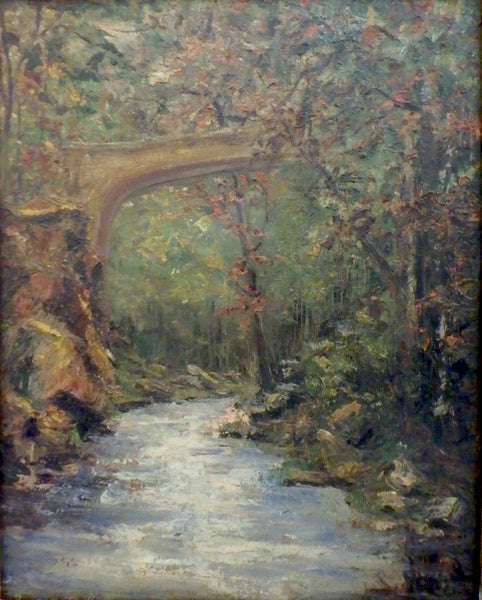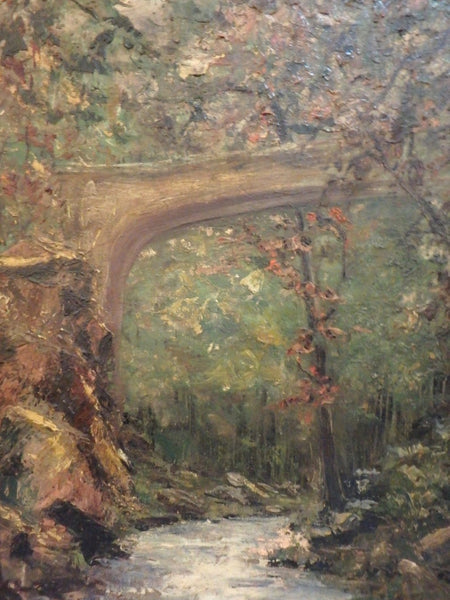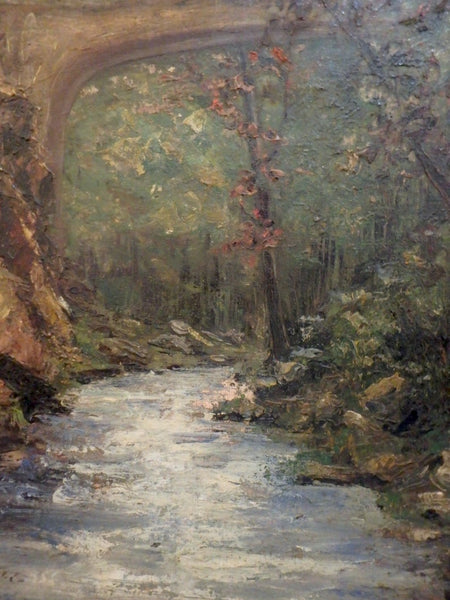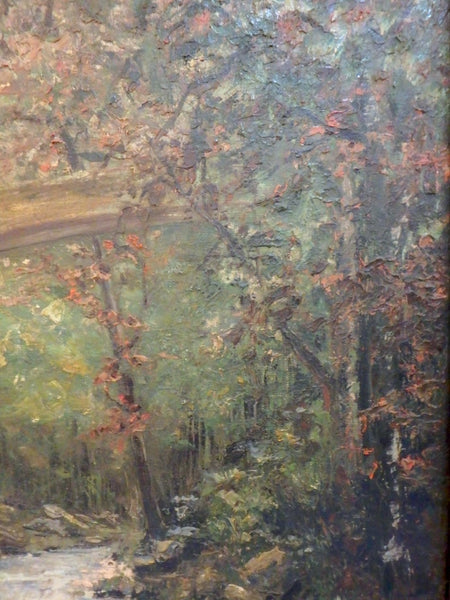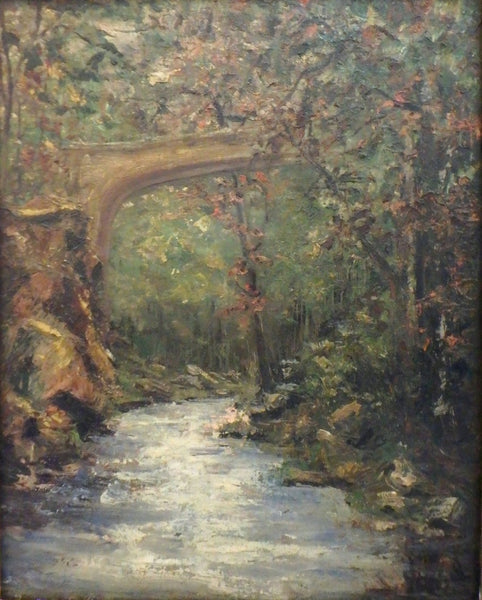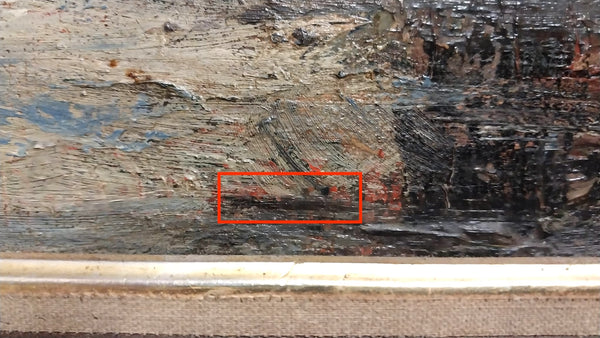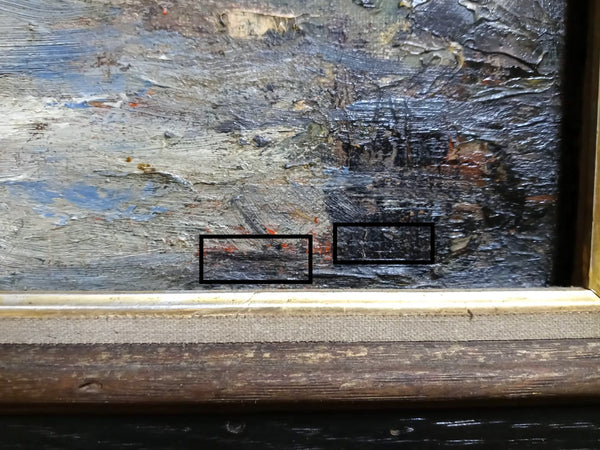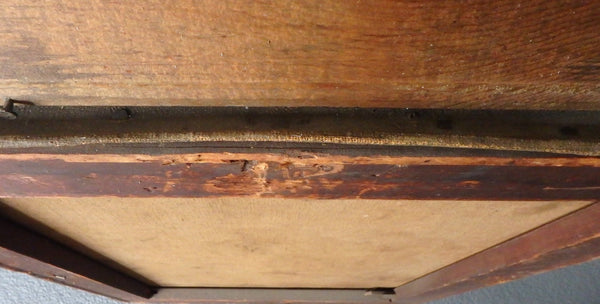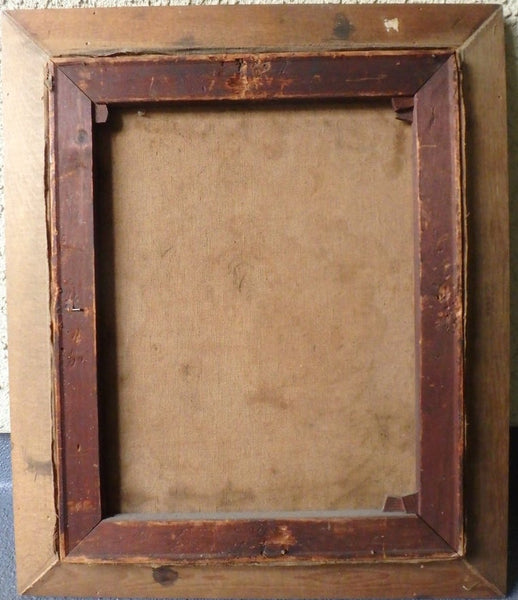Adolphe Monticelli Antique 19thC Pont Sur l'Huveaune Bridge Huveaune French Landscape Oil Painting
Original antique late 19th-century French landscape of the Pont Sur l'Huveaune/ Bridge Over Huveaune by French artist Adolphe Joseph Thomas Monticelli. The painting is in very good condition and signed in the lower right corner.
Adolphe Monticelli (1824-1886) was a French artist known for his distinctive use of color and his exploration of the expressive properties of light. Born in Marseille, Monticelli initially pursued a career as a pharmacist, but his passion for art led him to study under Paul Delaroche in Paris at the age of 22.
Although Monticelli's parents initially had other plans for him, they soon recognized his artistic talent and supported his decision to pursue painting. While attending the municipal school of drawing in Marseille, he found inspiration in the works of Rembrandt, Veronese, and Giorgione at the Louvre. He also had the opportunity to meet and admire Eugène Delacroix, whose influence remained with him throughout his life.
Monticelli spent a significant portion of his career divided between Paris and Marseille, spending approximately 15 years in each city. His artistic development can be observed in two distinct periods, the "Paris" and "Marseille" periods, each characterized by its artistic style. Throughout his life, however, Monticelli remained dedicated to exploring the physical and expressive qualities of color.
In his early Romantic works before 1860, Monticelli displayed skillful drawing and meticulous handling of glazes in warm shades of yellow and red-brown. By the 1860s, his technique evolved to incorporate pearly, iridescent effects and a more sophisticated palette. His paintings during this period often depicted joyous scenes of leisure and luxury, reflecting his refined lifestyle.
With the fall of the Second Empire in 1870, Monticelli's life in Paris abruptly ended, and he returned to Marseille, where he found himself isolated from local collectors and intellectuals. Monticelli's style underwent further transformations during his final period in Marseille. He adopted a highly disciplined technique, relying on a limited palette of gray, yellow, and violet. However, from 1875 onwards, color reemerged in his work. Contrary to popular belief, he rarely used a palette knife, instead favoring short, hard brushes and innovative methods such as wiping colors with a cloth or using his fingers. Cut off from the mainstream art scene, Monticelli had the freedom to experiment and innovate. His unique blend of sensual color and form preservation set him apart from his contemporaries and garnered critical acclaim.
Adolphe Monticelli is often portrayed as the quintessential misunderstood genius, credited with paving the way for modern painters like the Fauves and abstract artists. His impact on the art world extended to influential figures such as Cézanne, who was inspired by Monticelli's use of thick paint and expressive freedom. The two artists frequently explored the landscapes of Aix-en-Provence together, exchanging ideas and techniques.
Monticelli's distinctive style, characterized by thickly applied paint and spontaneous brushwork, foreshadowed the artistic approach of Vincent Van Gogh. Van Gogh, upon encountering Monticelli's work in Paris in 1886, was profoundly influenced. He immediately adopted a brighter color palette and a more vigorous painting technique, as evidenced by his bold strokes and intensified hues.
In a conversation with the French art critic Albert Aurier, Van Gogh expressed deep admiration for Monticelli's ability to perceive the intensity and coloration of objects with a metallic, gem-like quality. Van Gogh went as far as stating, "[Monticelli] is – as far as I know – the only painter who perceives the coloration of things with such intensity." This admiration translated into Van Gogh's artistic journey, with him feeling a sense of continuity with Monticelli's vision.
Van Gogh and his brother Theo were avid collectors of Monticelli's works, recognizing his significance in the art world. Their appreciation culminated in 1890 with the publication of the first book dedicated to Monticelli, showcasing the enduring impact of his artistry on subsequent generations of painters.
Adolphe Joseph Thomas Monticelli
(1824-1886)
French
Pont Sur l'Huveaune/ Bridge Over Huveaune
Cir. 1880
Oil On Canvas, held to the wooden stretcher by nails
The painting alone measures approximately 16" X 20". In frame, the painting measures approximately 21.25" X 25.25"
Signed lower right corner, in black
The painting is in very good original condition; with no previous overpaints or restorations. The painting has had a light clean of old, darkened varnish; the painting's colors are bright and vivid- daylight has washed the photos/colors out, in some of the images. The first image is closest to the painting's actual colors. Please review all images.
Contact Us:
pacificfineart@gmail.com
Ph:424-259-3290












